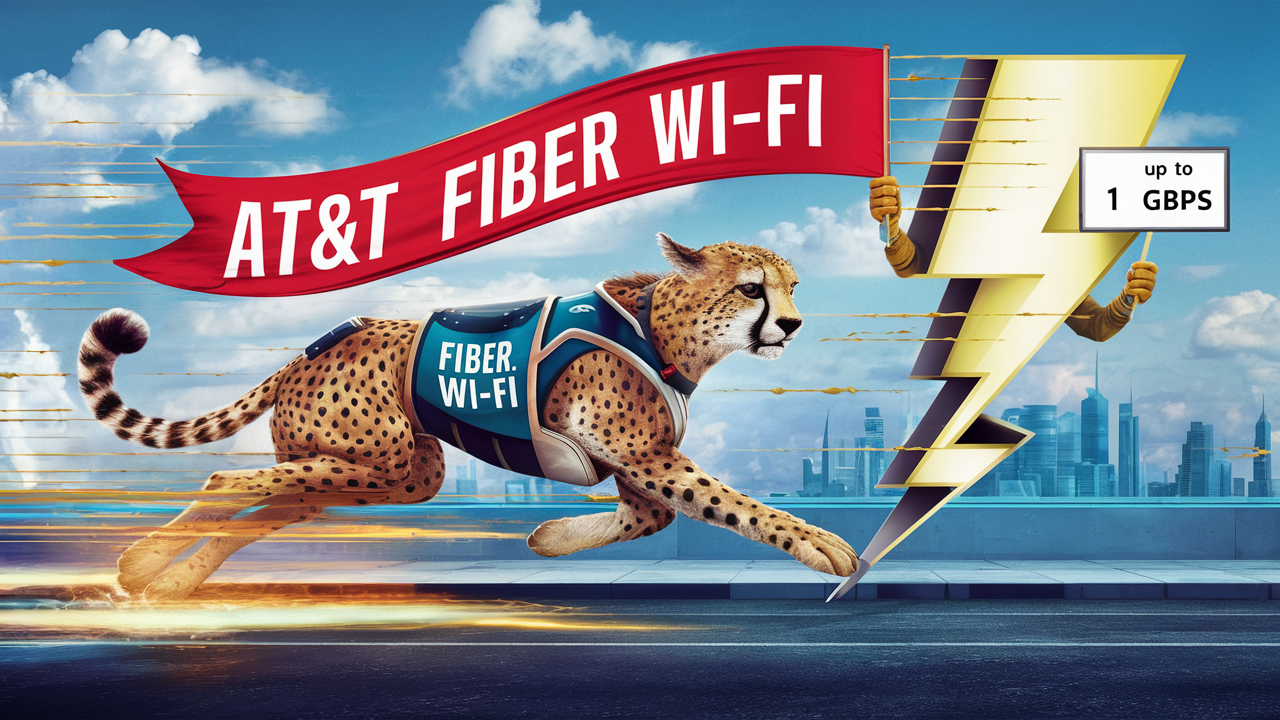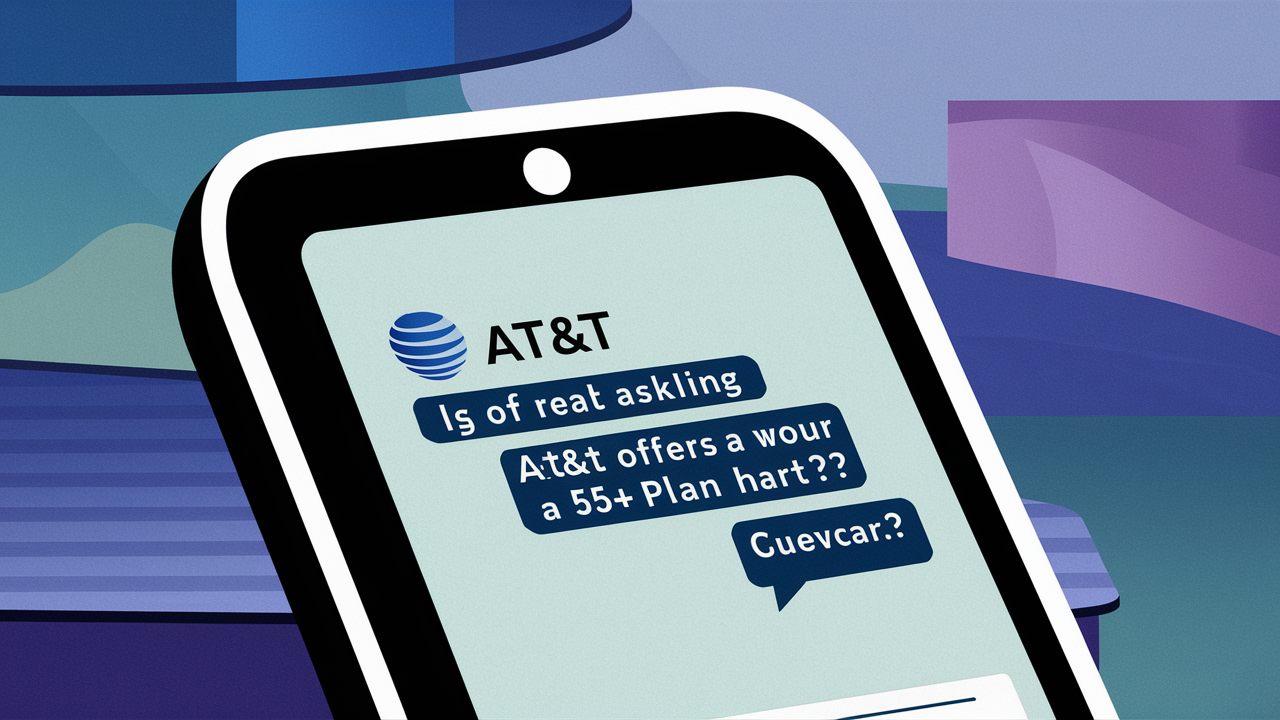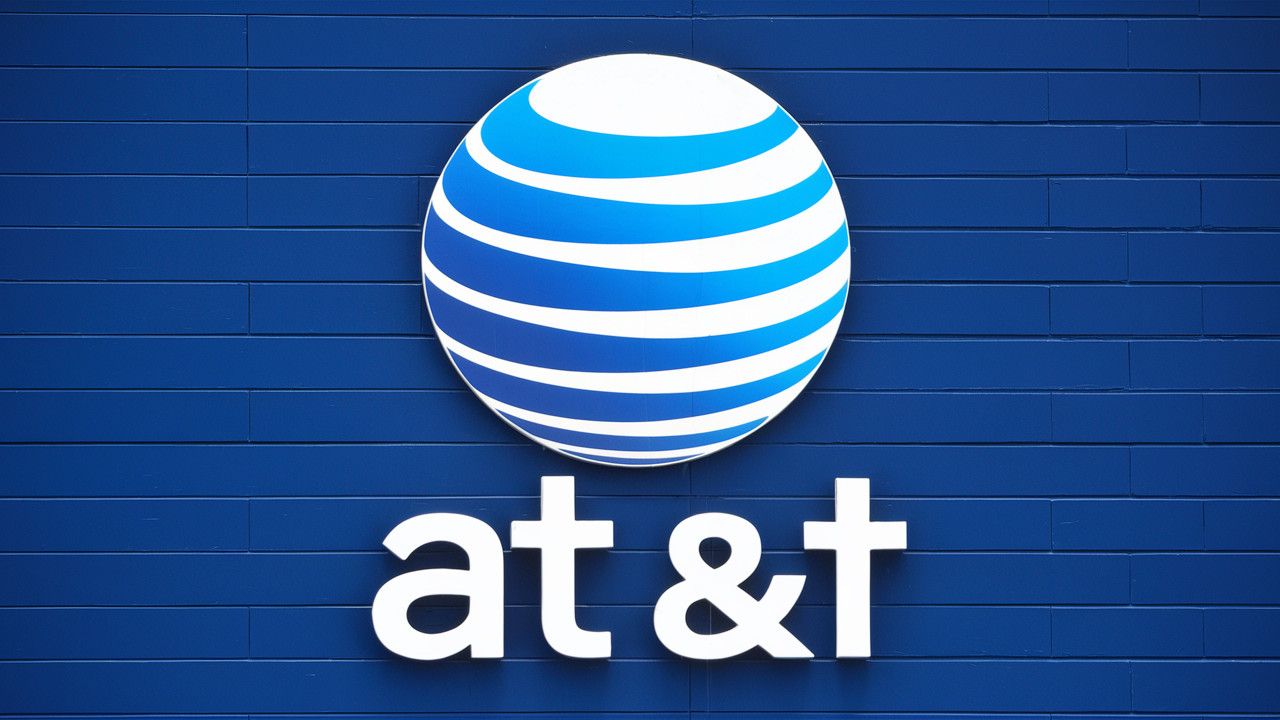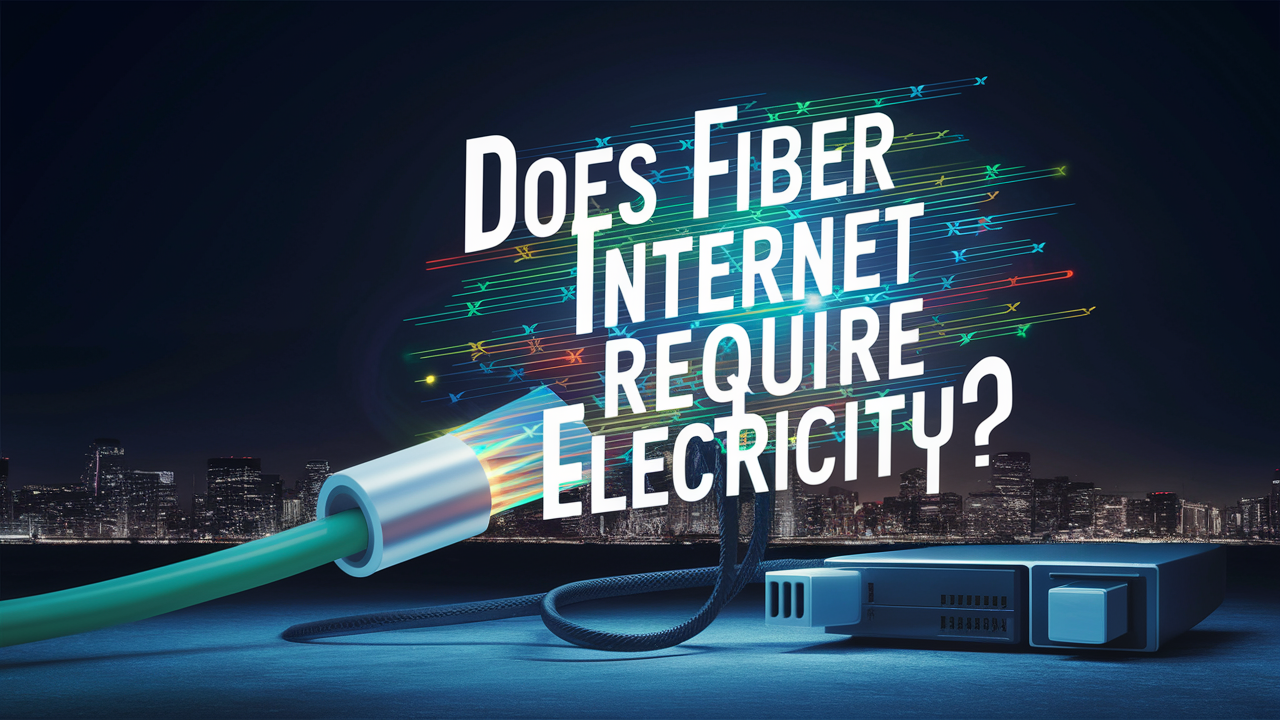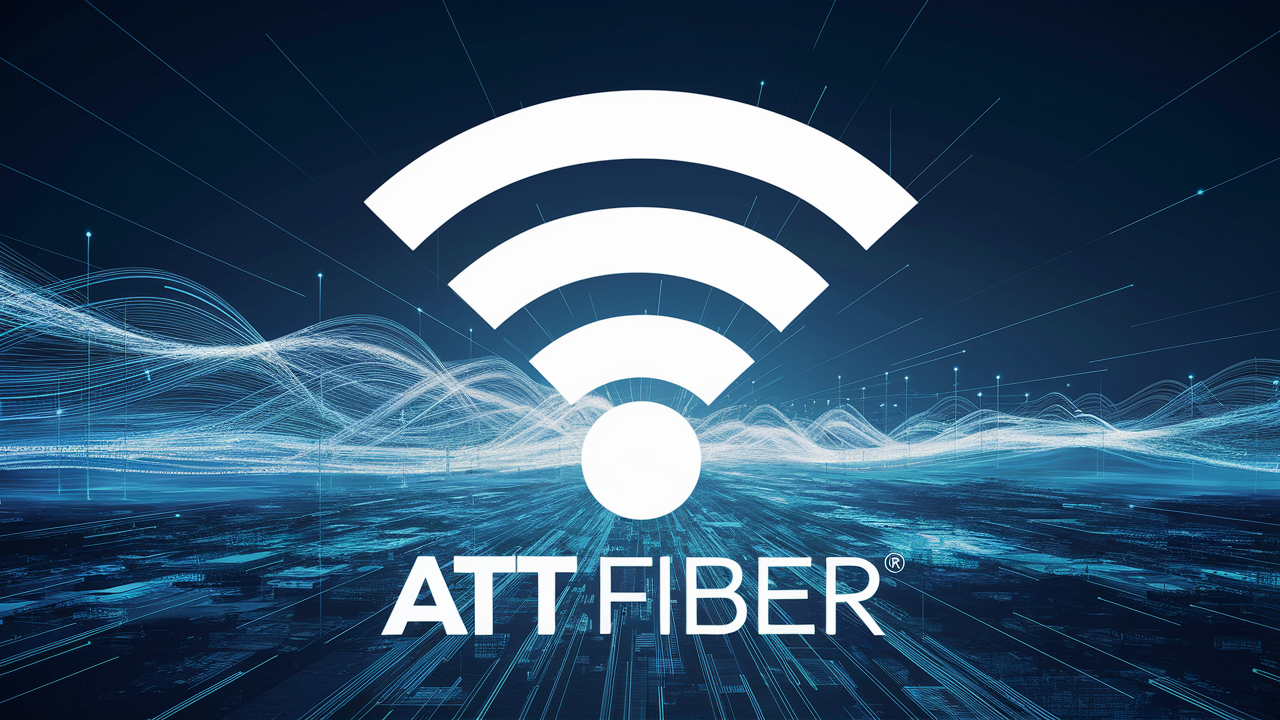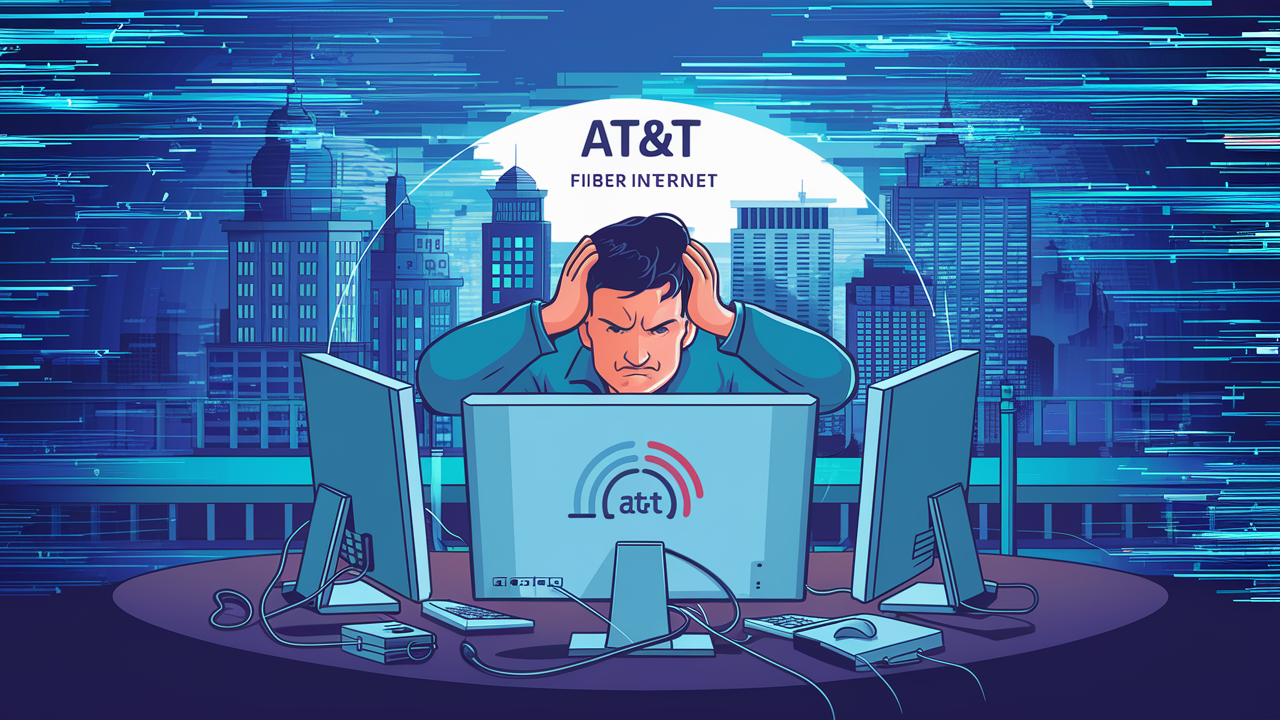
It may come as no surprise to learn that AT&T is associated with swift fiber Internet service Provider connection. Nonetheless, the original writers reveal occasional slow download speeds even for the AT&T fiber clients. Several factors could contribute to slow downloads and uploads on AT&T fiber internet. This scenario can be of assistance in knowing the reasons that contribute to sluggish connections and enhance availability rate.
Wifi Interference
Another reason why ATT fiber is slow is that it has less do with the fiber connection and more to do with home wifi problems. Some of the common factors that may cause congestion and interference include electronics near the wifi, thick walls, the distance between the wifi router and the device, and having multiple devices connected to the same network. This results to low speed over a wireless link in doing the same task as what was done via a wired connection. In this case, try to bypass other devices and connect the computer directly to the router using an ethernet cable. If speeds are higher, then it’s most probably a wifi issue, not the AT&T fiber service you are using.
Outdated Equipment
Old modem and routers may not be fully compatible with the AT&T fiber internet packages so they may not provide the full speeds. Check to see if your equipment is compatible with AT&T’s modem standards and if they have not expired, as they only usually supply modems for up to six years. You may need to obtain an approved modem and router meeting today’s high-speed standards of internet connection. The speed test from AT&T can also help in determining if it is the old devices causing slow connections.
The internet traffic and bandwidth saturation
Similar to any other network, AT&T fiber is a house share in the neighborhood, which means that the bandwidth is divided among the households. Evening hours when online usage is high affected in your region both in download and upload speeds in AT&T fiber service. Although fiber broadband provides high speed, this simply means it has a high bandwidth but not infinite. If you are experiencing slow speeds at different times of the day other than nighttime, then traffic could be quite off the mark here.
WiFi Band Selection
A dual band router simply transmits the internet connection to two different frequencies namely 2.4Ghz and 5Ghz. While newer devices are more optimized to perform on the less congested frequency of 5Ghz rather than 2.4Ghz. To be precise, media streaming, gaming, and high-definition video call performance is usually comparatively much better through 5Ghz wifi. Even if this dual band AT&T router sets most devices to the 2.4Ghz wireless network, it should or perhaps does allow better band steering to move new devices to the 5Ghz band.
Distance Limitations
The bad is that in comparison to cable and fiber, DSL internet slows down quite early with distance. Depending on your geographic location, your maximum speeds may be considerably lower than those of your neighbors, if your home is outside the network range of an AT&T central office that has access to sufficient fiber, for instance. The only possible actions are to make additional requests to extend AT&T fiber, deeper into the neighboring districts over the time.
Plan Misconfiguration
Have you recently changed your AT&T services or plan, or has there been a recent change of address on your account? An important consideration would be to double check that your account is correctly activated under the right fiber internet package tier. At times, confusion occurs and plans switch, or modem reboot results in the removal of custom provisioning. Ensure that the name of the internet plan and the downstream/upstream maximum speeds correspond to the tariff you are subscribed to after signing in to the account. If not, try contacting the AT&T support service to restore the correct package for you.
Loose Cables
While the former might seem obvious, it must be said that coaxial and ethernet cables that are plugged in only loosely are much more frequent than might be expected. A small tempted cable or slightly disconnected connection between your AT&T modem, router, or devices can slow your fiber to a standstill. Make sure all connections are tight on both ends and try switching short cables for a sec. It is something very basic, it would be helpful to check before delving into problems with your strategy or hardware.
Conclusion
The current AT&T fiber optics infrastructure is ready for symmetrical gigabit internet connection, should the parameters call for it. Thus, just by solving the troubles with the wifi, thinking about the age and the capacity of your equipment, the distances’ limitations, the plan’s configuration, and the cabling, you should be able to identify what is causing the AT&T fiber speeds to slow down. Perhaps, some improvements and fine-tuning of the network can lead to achieving those ultrahigh gigabit download and upload speeds.
Read More:
Is fiber internet worth it? Is fiber internet worth it?
Does AT&T fiber price go up after 12 months?
Does ATT Fiber have cancellation fee?
How long does it take to switch to AT&T fiber?
Does ATT fiber stay on during power outage?
